Wood Biomass: Turning Forest Waste into Renewable Energy
- September 5, 2024
- 0 comment
As global energy demands rise, the urgency for sustainable practices grows ever stronger. Wood biomass, derived from forest waste, is emerging as a critical renewable energy solution, offering a sustainable and reliable alternative that supports both environmental and economic goals worldwide.
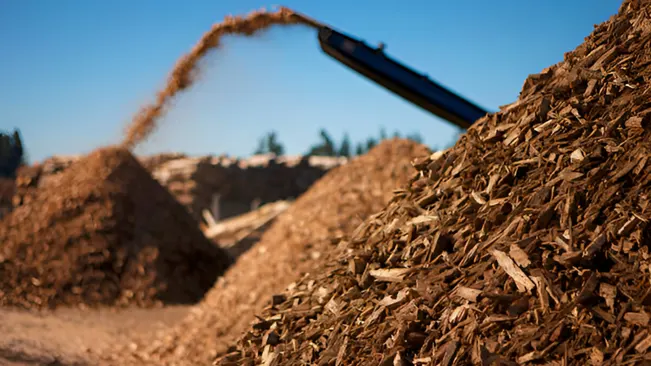
Wood biomass transforms forest waste into a valuable energy resource, offering a cleaner alternative to fossil fuels while supporting forest health and local economies. This approach highlights wood biomass’s vital role in promoting environmental sustainability and energy security.
The Process of Turning Forest Waste into Wood Biomass
Wood biomass is the organic material that comes from trees and other woody plants, often considered waste in traditional forestry practices. However, with the rise of renewable energy, this “waste” is now seen as a valuable resource.
1. Sources of Wood Biomass:
Logging Residues
Logging residues consist of branches, tree tops, and byproducts left after timber harvesting, now utilized as valuable biomass for energy.
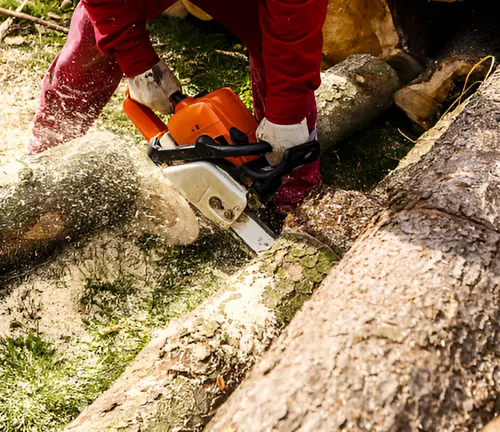
Forest Thinning
Material from forest thinning operations improves forest health and serves as an additional source of biomass for energy production.
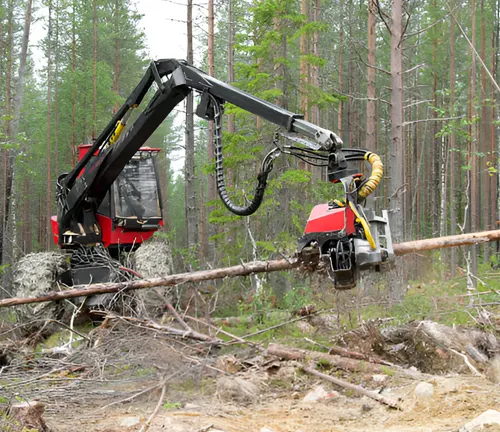
Other Sources:
- Dead trees
- Wood chips
- Sawdust from mills
2. Conversion Technologies:
Combustion
Combustion burns wood biomass to produce heat or electricity, making it a key method in renewable energy generation.
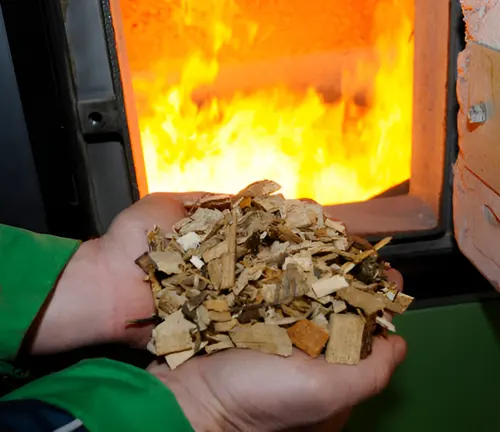
Gasification
Gasification converts wood biomass into synthetic gas (syngas), which can be used for electricity generation or as industrial fuel.
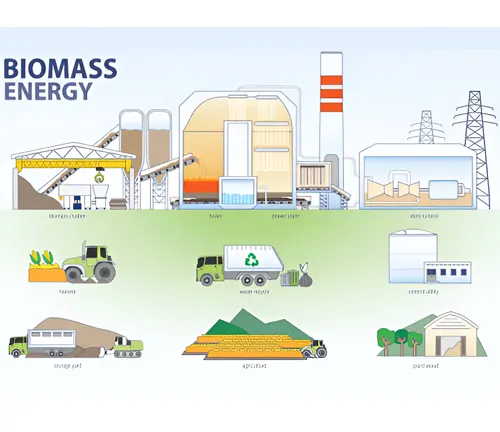
Pyrolysis
Pyrolysis involves heating biomass in the absence of oxygen to produce bio-oil, char, and syngas. Each of these products can be used in different ways, such as bio-oil for fuel, char for soil amendment, and syngas for energy, making pyrolysis a flexible technology in biomass conversion.
Environmental Benefits of Wood Biomass
Using wood biomass for energy offers numerous environmental benefits that make it a cornerstone of sustainable forest management.
1. Reduction of Greenhouse Gas Emissions
Using wood biomass as an energy source helps reduce greenhouse gas emissions by replacing fossil fuels with a carbon-neutral alternative. The carbon released during biomass combustion is offset by the carbon absorbed during the growth of new trees.

2. Forest Health and Fire Risk Reduction
Reducing Fuel Loads: Harvesting excess biomass from forests decreases the risk of wildfires by removing potential fuel sources.
Improving Forest Health: Thinning forests and removing dead or diseased trees helps reduce competition for resources, leading to healthier forests less susceptible to pests and diseases
3. Supporting Biodiversity and Ecosystem Services:
Sustainable wood biomass harvesting helps maintain biodiversity by preserving habitats and supporting a wide range of species. Additionally, leaving some biomass residues on-site enhances soil fertility and water retention, contributing to the overall ecosystem’s health.
Economic and Social Benefits
Beyond the environmental advantages, wood biomass also brings substantial economic and social benefits, particularly in rural and forest-dependent communities.
1. Job Creation and Local Economies:
Wood biomass projects create sustainable jobs in rural and forest-dependent communities by employing people in forestry, biomass processing, and transportation. These projects also boost local economies by utilizing regional resources, keeping the economic benefits within the community, and reducing energy costs.
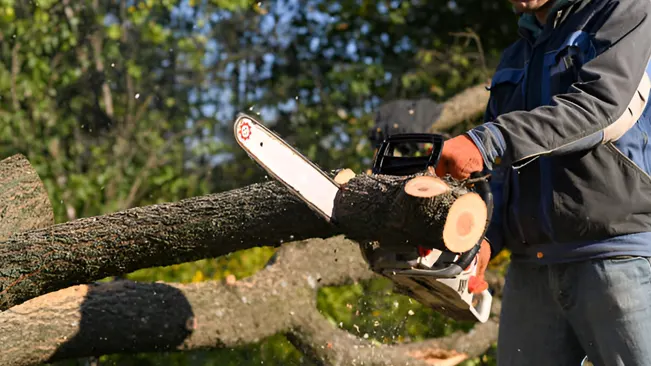
2. Energy Independence:
Using biomass for energy enhances energy independence by reducing reliance on imported fossil fuels and promoting local energy production. This shift allows communities to generate their own energy sustainably, increasing resilience and security in the face of global energy market fluctuations.
3. Market Opportunities
- Growing Demand: The increasing demand for wood biomass stimulates investment in forestry operations, encouraging sustainable practices and boosting forest productivity.
- Development of New Markets: Low-value wood and forest residues that were once considered waste now have economic value, opening new revenue streams for forest owners.
Innovations and Future Opportunities in Wood Biomass
The future of wood biomass is bright, with ongoing innovations and emerging opportunities that promise to make it an even more integral part of sustainable energy and forest management.
1. Technological Advancements in Biomass Conversion:
Advanced Gasification and Pyrolysis
New technologies are making biomass conversion more efficient, with higher energy yields and lower emissions.
Hybrid Energy Systems
Combining biomass with other renewable sources, such as solar or wind, to create more reliable and efficient energy systems
2. Expanding Biomass Markets:
Bio-based Products
The development of biofuels, bioplastics, and other bio-based products from wood biomass is creating new market opportunities
Circular Economies
Integrating wood biomass into a circular economy model reduces waste and maximizes resource use, enhancing sustainability.
3. Research and Development:
Precision Forestry
Innovations in genetic engineering and precision forestry are improving biomass yields and energy efficiency.
New Feedstocks
Research into alternative feedstocks, such as fast-growing tree species, is expanding the potential of wood biomass.
| Innovation Area | Description |
|---|---|
| Advanced Conversion Technologies | New methods like gasification and pyrolysis increasing efficiency and reducing emissions. |
| Market Expansion | Growth in bio-based products, biofuels, and bioplastics markets. |
| Research and Development | Genetic engineering and precision forestry to boost biomass yield. |
| Hybrid Energy Systems | Combining biomass with other renewables to create efficient energy systems. |
Sustainable Practices in Wood Biomass Harvesting
Sustainable wood biomass harvesting is essential to ensure that the extraction of biomass from forests does not lead to degradation of soil, water, or biodiversity. Here’s a deeper look into each guideline mentioned:
1. Soil Protection
Soil is the foundation of forest health. Removing all biomass from a site can strip the soil of essential nutrients, leading to reduced soil fertility and increased erosion.
Best Practices:
- Leave Residual Biomass: By leaving a portion of the biomass (such as small branches and leaves) on the site, you help maintain soil organic matter and nutrient levels.
- Avoid Compaction: Machinery used in biomass harvesting should be carefully managed to prevent soil compaction, which can impede water infiltration and root growth.
2. Water Quality
Water bodies in and around forests are vital for ecosystems and human use. Poor biomass harvesting practices can lead to increased sedimentation in streams and rivers, negatively affecting water quality and aquatic life.

Best Practices:
- Buffer Zones: Establish buffer zones around water bodies where no biomass harvesting occurs. This helps prevent sediment and pollutants from entering water bodies.
- Minimize Disturbance: Harvesting operations should minimize soil disturbance, especially on slopes, to reduce the risk of erosion and sedimentation.
3. Biodiversity Conservation
Forests are home to a vast array of species, many of which depend on specific habitats within the forest ecosystem. Unsustainable biomass harvesting can disrupt these habitats and threaten biodiversity.
Best Practices:
- Retain Dead Wood: Dead wood and decaying organic matter are crucial habitats for many species, including insects, fungi, and small mammals. Retaining some of this material on-site helps support these species.
- Diverse Harvesting: Implement a variety of harvesting techniques and leave areas of the forest undisturbed to maintain habitat diversity and ecosystem complexity.
Conclusion
Wood biomass represents a powerful tool in the transition to renewable energy, offering environmental, economic, and social benefits when harvested and utilized sustainably. By turning forest waste into a valuable resource, we not only reduce our reliance on fossil fuels but also contribute to healthier forests and stronger communities.
As technology advances and new markets emerge, the role of wood biomass in sustainable energy and forest management is poised to grow, making it an essential component of our green future.
Frequently Asked Questions (FAQ’s)
- What is wood biomass?
Wood biomass refers to organic material derived from trees and woody plants, including forest residues, logging byproducts, and wood waste, which can be used as a renewable energy source. - How is wood biomass used to produce energy?
Wood biomass is converted into energy through processes like combustion (burning), gasification (turning wood into syngas), and pyrolysis (producing bio-oil and char), generating heat, electricity, or biofuels. - Is wood biomass considered a sustainable energy source?
Yes, when harvested and managed sustainably, wood biomass is considered a renewable and carbon-neutral energy source, as the carbon released during combustion is offset by the carbon absorbed during tree growth. - What are the environmental benefits of using wood biomass?
Wood biomass reduces greenhouse gas emissions, lowers the risk of wildfires by removing forest fuel loads, and supports healthy forest ecosystems through sustainable management practices. - What types of wood are typically used for biomass energy?
Common sources include logging residues (branches, tops), forest thinning materials, sawdust, wood chips, and low-value wood that might otherwise be discarded. - How does wood biomass contribute to forest health?
By removing excess biomass, such as dead trees and branches, it reduces competition among trees, lowers the risk of disease, and minimizes the potential for large-scale wildfires. - What are the economic benefits of wood biomass?
Wood biomass creates jobs in rural and forest-dependent communities, supports local economies by utilizing forest residues, and provides a revenue stream for forest owners from low-value wood. - What role does wood biomass play in reducing fossil fuel dependence?
Wood biomass serves as a renewable alternative to fossil fuels, helping to reduce carbon emissions and enhance energy security by providing a locally sourced energy supply. - Are there any challenges associated with wood biomass harvesting?
Challenges include ensuring sustainable harvesting practices, managing carbon emissions throughout the biomass production process, and balancing energy production with forest conservation. - What is the future outlook for wood biomass in renewable energy?
With ongoing technological advancements, expanding markets, and increased emphasis on sustainability, wood biomass is poised to play a significant role in the global transition to renewable energy.

James Wilson
Forestry AuthorJames Wilson has over 15 years of experience in forestry economics, specializing in sustainable practices, investment opportunities, and financial management. He has contributed to notable publications like "Forestry Today" and "EcoFinance Journal" and is known for providing practical and insightful advice. With a degree in Environmental Economics, James stays updated through continuous learning and active participation in industry discussions. Outside work, he enjoys hiking and nature photography, bringing a well-rounded perspective to his professional role.






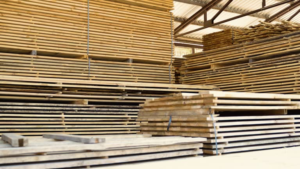


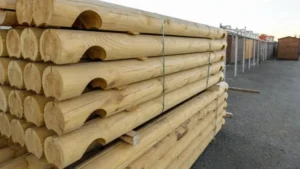


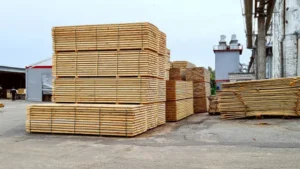
Leave your comment